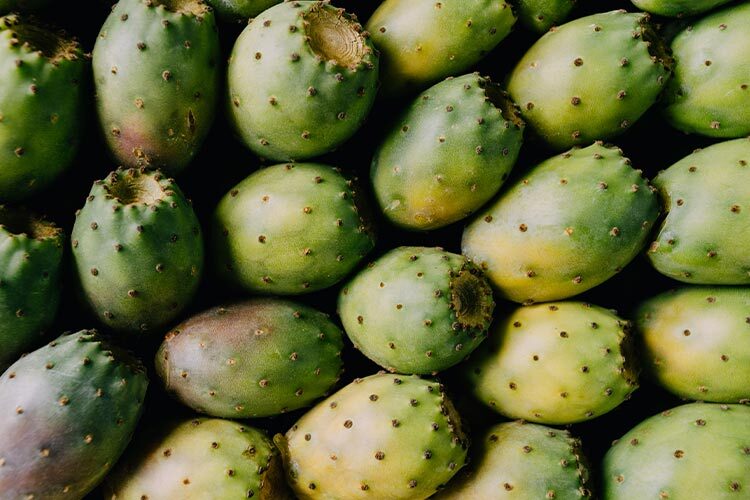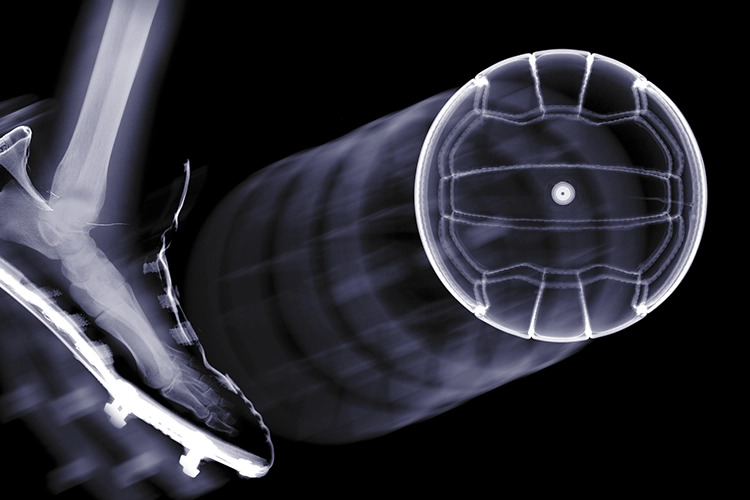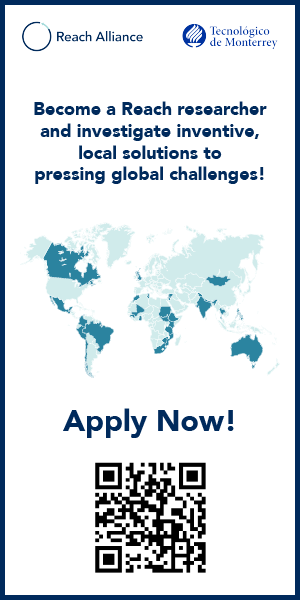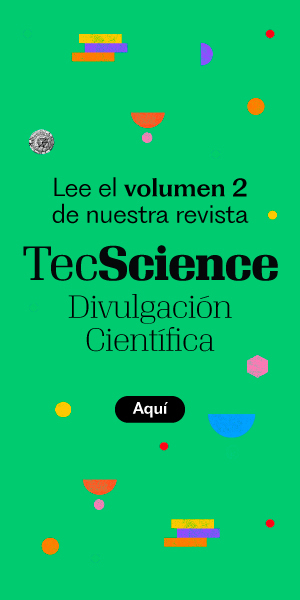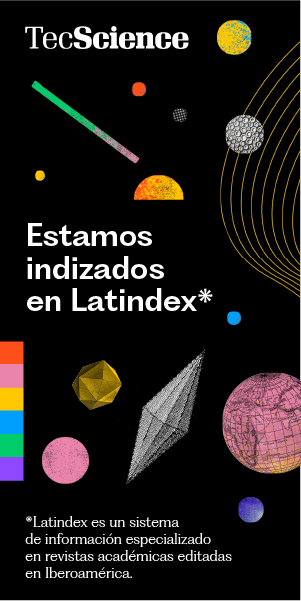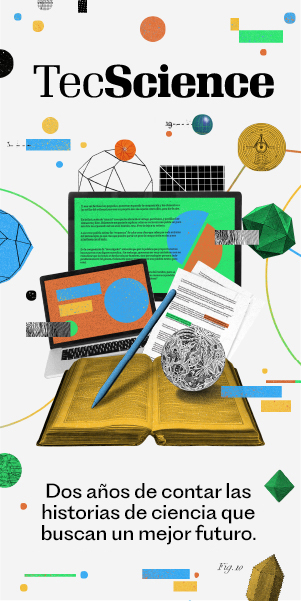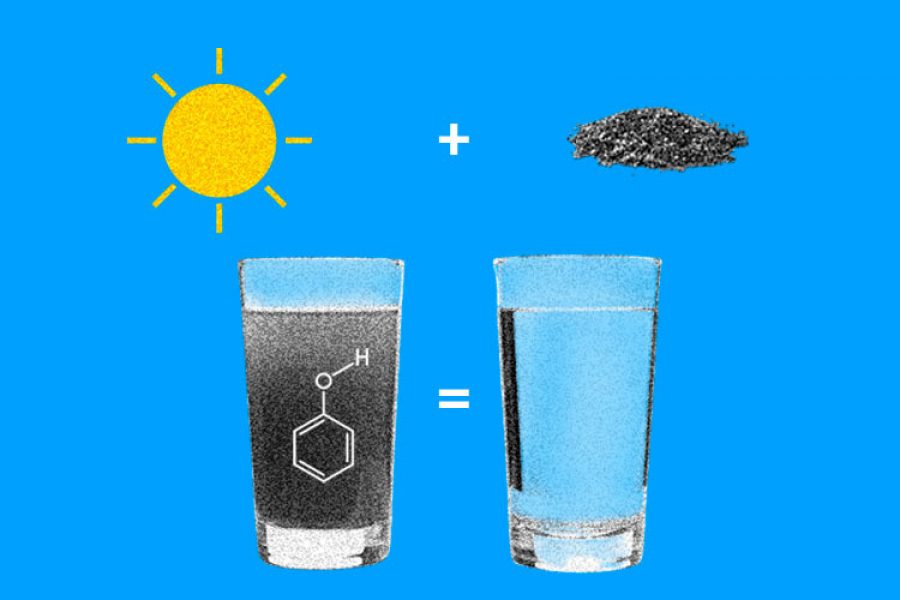By Rocío Alejandra Chávez Santoscoy
In Mexico, prickly pear (Opuntia ficus-indica) is a widely consumed fruit, but its peel—the most voluminous part—is often discarded [1]. However, this agricultural waste contains valuable bioactive compounds, such as phenolics and betalains, known for their antioxidant, anti-inflammatory, and potentially anticancer properties.
The main challenge has been the low concentration of these substances, making commercial-scale extraction difficult.
However, research [2] has shown that silver nanoparticles with specific size and polarity characteristics can significantly boost the production of these compounds, presenting an innovative strategy for agro-industrial waste valorization.
Silver Nanoparticles: A Catalyst for Plant Metabolism
Silver nanoparticles, tiny structures ranging from 1 to 100 nanometers, can induce stress in plants by interacting with their tissues. This controlled stress activates metabolic pathways that increase the synthesis of bioactive compounds.
Studies at Tecnológico de Monterrey found that immersing red and green prickly pear peels in silver nanoparticle solutions led to a significant increase in phenolic compounds—by more than 400% in some cases compared to untreated samples.
One of the most enhanced compounds was catechin, a flavonoid with antioxidant and anti-inflammatory properties widely used in the food and pharmaceutical industries.
Similarly, in red prickly pears, the concentration of betalains, such as betanin, doubled. This natural pigment has strong antioxidant properties and is a colorant in food and cosmetics, making it a highly sought-after commercial ingredient.
A Sustainable and Safe Strategy for Industry
A key aspect of this technology is that silver nanoparticles with a biocompatible coating leave no toxic residues on treated peels, ensuring the extracted compounds are safe for use in food and pharmaceutical products.
Beyond adding value to agricultural waste, this strategy could also benefit human health. Phenolic compounds—catechin, caffeic, and p-coumaric acids— have been associated with chronic disease prevention, including cancer, cardiovascular conditions, and neurodegenerative disorders.
Betalains are gaining recognition for their antioxidant and anti-inflammatory properties, driving their incorporation into nutraceutical and cosmetic products.
Toward a Circular Economy in Agroindustry
Using silver nanoparticles with controlled size and polarity to induce postharvest stress in agricultural waste represents a promising advancement for the agri-food industry. Unlike other methods that require expensive equipment or prolonged treatments, this technique is simple, efficient, and economically viable, facilitating large-scale implementation.
At a time when sustainability and resource optimization are becoming top priorities, this innovation offers an opportunity to transform prickly pear waste into high-value functional ingredients and promote a circular economy that maximizes agricultural waste utilization and contributes to the development of healthier, more sustainable products.
References
- Amaya-Cruz, D. M., Pérez-Ramírez, I. F., Delgado-García, J., Mondragón-Jacobo, C., Dector-Espinoza, A., & Reynoso-Camacho, R. (2018). An integral profile of bioactive compounds and functional properties of prickly pear (Opuntia ficus indica L.) peel with different tonalities. Food Chemistry, 278, 568–578.
- Cabrera-Ramírez, A., Manríquez-Medina, M., Pestryakov, A., Bogdanchikova, N., & Chavez-Santoscoy, R. (2024). ArgovitTM silver nanoparticles transform agro-waste into phenolic biofactories: Postharvest stress for high-value compound production in prickly pear peels. LWT, 206, 116559.
Author
Rocío Alejandra Chávez Santoscoy. Professor and researcher at the School of Engineering and Sciences at Tec de Monterrey, where she also leads the Core Lab Genomics. Her work has focused on the functional effects of phenolic compounds and other nutraceutical models in vitro, in vivo, and in clinical trials. Her research centers on understanding complex biological systems and designing and evaluating active ingredients for functional foods, primarily using nanotechnology and multi-omics data, with a circular economy perspective. She is a member of the International Bionanotechnology Network and the National System of Researchers (SNI).
